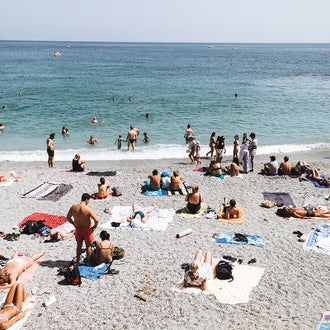Can you get still get cancer without getting burnt? Also, will a light tan protect you?"
Each time skin is exposed to UV radiation, changes take place in the structure and function of our skin cells. Our skin remembers and records all the UV exposure ever received – all the sunburns, tans, solarium visits or just simple day-to-day time spent outdoors when sun protection has not been used. It all adds up and increases the long-term risk of skin cancer.
Sunburn, but also tanning at any age, can cause permanent and irreversible skin damage and increase the risk of skin cancer, so even if you don’t ever burn you can still be at risk. Yet skin cancer is one of the most preventable cancers in Australia. Protecting your skin during the daily sun protection times with sunscreen, clothing, a hat, sunnies and shade can minimise freckling, wrinkling and ageing of the skin and ultimately reduce the skin cancer risk.
Check the SunSmart UV Alert daily, in the daily paper or as a free SunSmart app for the sun protection times in your locality. A small percentage of skin cancers, estimated at less than 5%, are not the result of UV exposure but an inherited gene. Factors that can predispose people to skin cancer include: a family history of skin cancer at an early age; a personal history of more than one melanoma; many moles on your skin (more than 10 on the arms and 200 on the body); many unusual moles; a blood relative diagnosed with melanoma at an early age; a blood relative diagnosed with more than one melanoma; a blood relative diagnosed with melanoma of the eye; or a pancreatic cancer in more than one family member.

